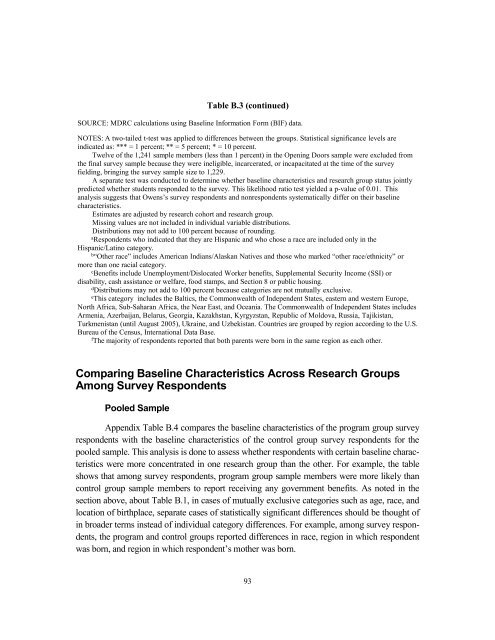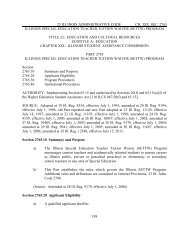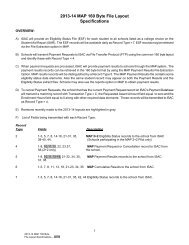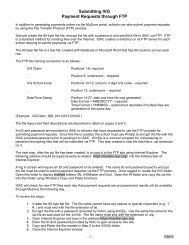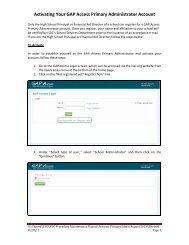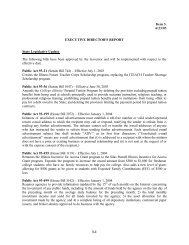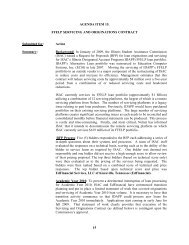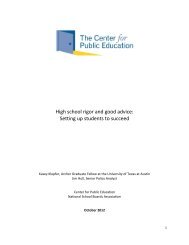MORE GUIDANCE, BETTER RESULTS?
MORE GUIDANCE, BETTER RESULTS?
MORE GUIDANCE, BETTER RESULTS?
Create successful ePaper yourself
Turn your PDF publications into a flip-book with our unique Google optimized e-Paper software.
Table B.3 (continued)SOURCE: MDRC calculations using Baseline Information Form (BIF) data.NOTES: A two-tailed t-test was applied to differences between the groups. Statistical significance levels areindicated as: *** = 1 percent; ** = 5 percent; * = 10 percent.Twelve of the 1,241 sample members (less than 1 percent) in the Opening Doors sample were excluded fromthe final survey sample because they were ineligible, incarcerated, or incapacitated at the time of the surveyfielding, bringing the survey sample size to 1,229.A separate test was conducted to determine whether baseline characteristics and research group status jointlypredicted whether students responded to the survey. This likelihood ratio test yielded a p-value of 0.01. Thisanalysis suggests that Owens’s survey respondents and nonrespondents systematically differ on their baselinecharacteristics.Estimates are adjusted by research cohort and research group.Missing values are not included in individual variable distributions.Distributions may not add to 100 percent because of rounding.aRespondents who indicated that they are Hispanic and who chose a race are included only in theHispanic/Latino category.b“Other race” includes American Indians/Alaskan Natives and those who marked “other race/ethnicity” ormore than one racial category.cBenefits include Unemployment/Dislocated Worker benefits, Supplemental Security Income (SSI) ordisability, cash assistance or welfare, food stamps, and Section 8 or public housing.dDistributions may not add to 100 percent because categories are not mutually exclusive.eThis category includes the Baltics, the Commonwealth of Independent States, eastern and western Europe,North Africa, Sub-Saharan Africa, the Near East, and Oceania. The Commonwealth of Independent States includesArmenia, Azerbaijan, Belarus, Georgia, Kazakhstan, Kyrgyzstan, Republic of Moldova, Russia, Tajikistan,Turkmenistan (until August 2005), Ukraine, and Uzbekistan. Countries are grouped by region according to the U.S.Bureau of the Census, International Data Base.fThe majority of respondents reported that both parents were born in the same region as each other.Comparing Baseline Characteristics Across Research GroupsAmong Survey RespondentsPooled SampleAppendix Table B.4 compares the baseline characteristics of the program group surveyrespondents with the baseline characteristics of the control group survey respondents for thepooled sample. This analysis is done to assess whether respondents with certain baseline characteristicswere more concentrated in one research group than the other. For example, the tableshows that among survey respondents, program group sample members were more likely thancontrol group sample members to report receiving any government benefits. As noted in thesection above, about Table B.1, in cases of mutually exclusive categories such as age, race, andlocation of birthplace, separate cases of statistically significant differences should be thought ofin broader terms instead of individual category differences. For example, among survey respondents,the program and control groups reported differences in race, region in which respondentwas born, and region in which respondent’s mother was born.93


